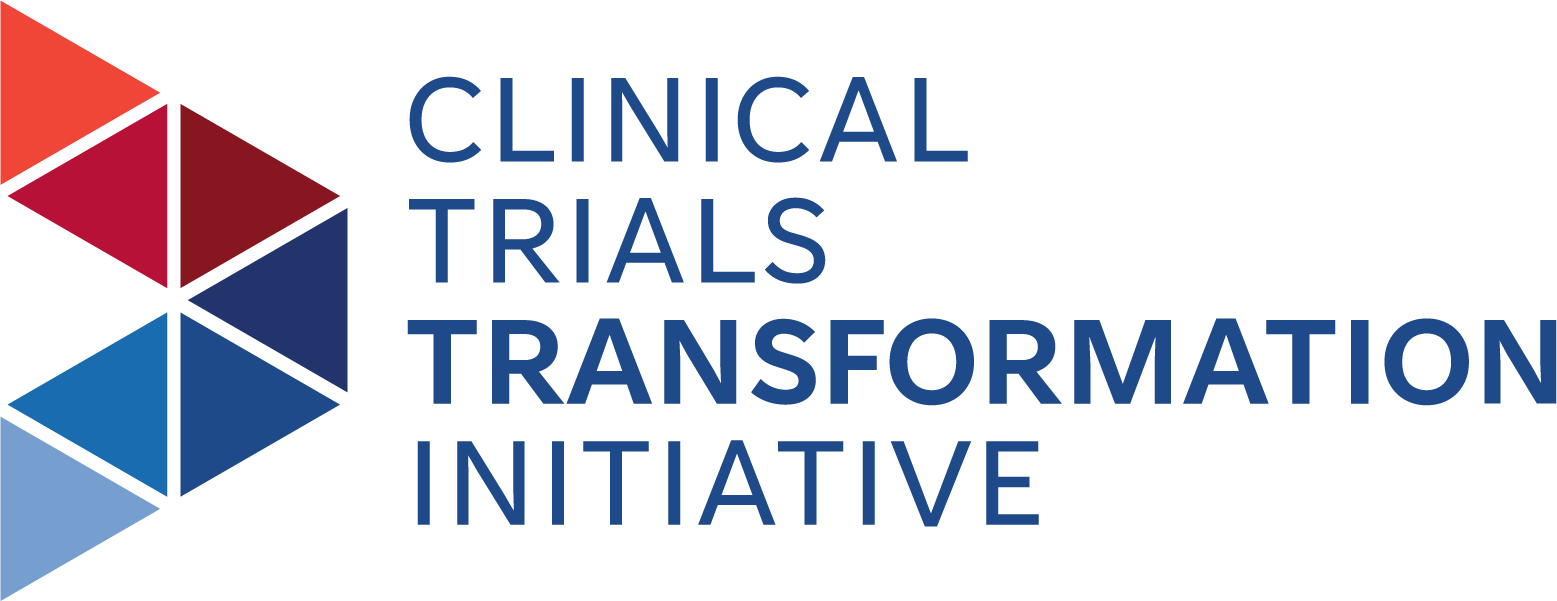Target Health Uses Quality by Design to Ace Audit Inspections
Target Health Applies CTTI's Quality by Design Recommendations
SUMMARY
Target Health, a lean, full-service Contract Research Organization, implemented CTTI's Quality by Design recommendations to help maximize the input of its employees and focus on avoiding errors that matter in its sponsors' studies.
GOAL(S)
The overall probability of success for a clinical trial hovers somewhere around 13 percent, according to a recent assessment performed by researchers at the MIT Sloan School of Management. That makes solid clinical trial planning paramount to mitigate risk and enhance quality, giving a study the best shot of success. Many experts believe that implementing Quality-by-Design (QbD), an approach that focuses resources on the errors that matter to decision making during a trial, such as primary endpoints and patient safety, could be one way of enhancing quality, avoiding errors, and reducing patient burden in a way that boosts the potential success rate of a study. One expert succinctly explained the merit of QbD thinking with the example of an airplane's engine and its coffee machine-- we don't need to invest the same level of effort in both. In fact, by focusing energy on those high-priority risks that matter, we'll have a better plane and happier, safer fliers. Target Health, a lean, full-service Contract Research Organization (CRO) working with predominately small and mid-size sponsors, wanted to bring the benefits of QbD implementation to its company.
CHALLENGES
Today's drug development has to be nimble, and nothing clogs up timelines and reduces flexibility like useless busy work. Target Health wanted to maximize the value of its employee contributions by giving them the tools to determine what aspects of a study they should stress, and which ones they are needlessly worrying about.
SOLUTION(S)
To start the transition to an effective QbD strategy across its organization, Target Health looked to CTTI's Recommendations for Quality by Design. The recommendations are a guide to help clinical trialists build forward-thinking quality considerations into the operational design and conduct of clinical trials.
TAKING ACTION
Target Health took action by working to change the mindset across its organization. In the past, employees relied on Standard Operating Procedures (SOPs) to determine the end of a quality activity, but when QbD launched, the organization implemented checklists to sign off. To determine "critical-to-quality" factors, or CTQs, Target Health brought together Quality plus every department head and their main reports. Doing so ensured that each study was looked at holistically with perspectives from a variety of experts. According to the organization, the tricky part of implementation was maintaining the momentum and ensuring employees don't fall back into old habits. They avoided that by performing periodic audits on how teams are implementing QbD.
IMPACT
The number of major audit findings went down across the organization as a result of implementing QbD.
ADVICE
Document everything you plan to do in relation to QbD and then develop a process to ensure it is implemented. Experienced people often do not want to take the documentation step, but it is an important part of standardizing the implementation of QbD across your company. Keep in mind that the intent of QbD is not to amplify the team's work and make life more complex, but to simplify it. The upfront documentation pays off in spades later down the line in terms of streamlining and simplifying the work.
ORGANIZATION
Target Health
ORGANIZATION TYPE
Industry
IMPLEMENTATION DATE
2019
TOPIC
Quality
